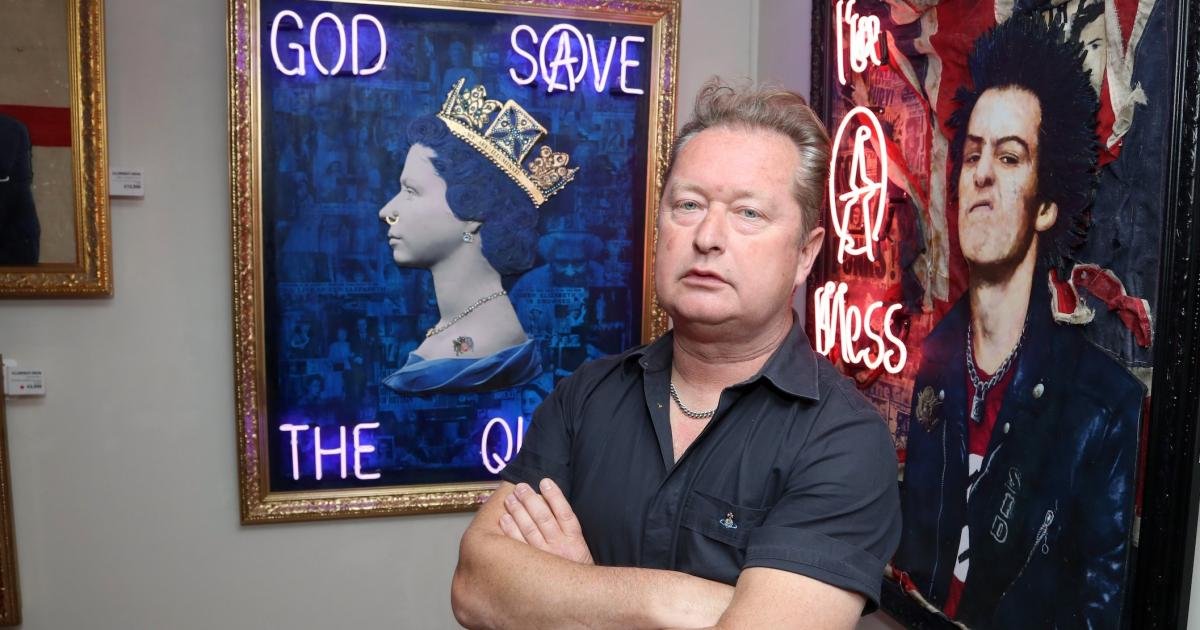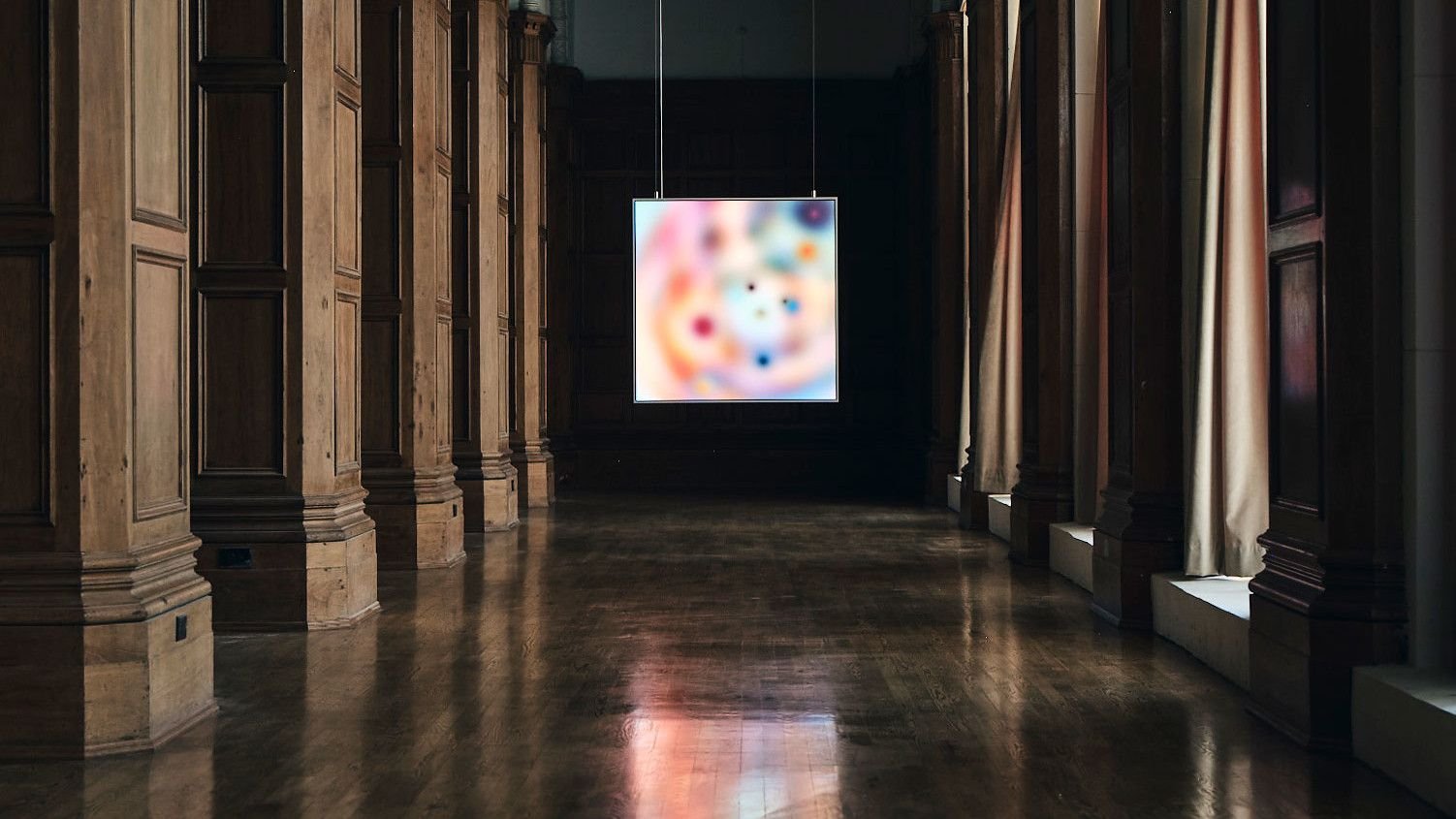The UK’s visual arts sector is one of our greatest national assets. From world-class museums to grassroots creative projects in our communities, the visual arts not only showcase British talent to the world – they also transform lives here at home. But despite its value, this sector remains underfunded, under-recognised, and increasingly at risk.
We often talk about Britain punching above its weight. Nowhere is that more true than in the visual arts. We host some of the most visited galleries on the planet. Our universities are highly ranked globally for art, design and art history. And our artists consistently compete on the world stage – with countries like China and the United States – for influence, acclaim and market share.
This success is not a happy accident. It’s the result of generations of public investment: in arts education, in community infrastructure and in the organisations that nurture and support creative talent. But those foundations are starting to erode.
A national disinvestment
Take my constituency of Stourbridge. Dame Sonia Boyce, who won the Golden Lion at the Venice Biennale – the highest honour in contemporary art – studied at Stourbridge College. That college, like so many regional art schools across the country, has now closed. These aren’t just local losses; they represent a national disinvestment in the pipeline of talent that has powered our global reputation.
The impact of visual arts isn’t just about prestige or international profile. It’s also deeply local, personal and social.
In Stourbridge, we have a proud creative heritage. The Red House Glass Cone is a symbol of our glassmaking history and home to world-renowned artists. Until recently, we hosted the International Festival of Glass – a celebration of this unique craft. But like many regional cultural assets, it now faces the challenge of sustaining itself in the face of dwindling support.
Over the years, I’ve worked with a local artist, Cal, to bring more public art into our town. We’ve created street art projects that not only brighten up neglected spaces but involve young people – especially those from pupil referral units and special educational needs settings – in shaping their communities. Giving children ownership of a project fosters pride, confidence and respect. It’s not just art – it’s social change.
We’re now planning a project to celebrate Stourbridge’s musical history – think Robert Plant, The Wonderstuff, Ned’s Atomic Dustbin – through murals and public art. Local businesses have stepped up, offering walls, materials and scaffolding, free of charge. The appetite is there. The community is ready. But support from national funding bodies is often patchy and limited.
A reflection of political will
That’s where policy must catch up. Arts Council England plays a vital role in supporting the visual arts, but it is being asked to do too much with too little. To put it into perspective: the city of Berlin alone spends around €600 million annually on cultural funding – more than the entire budget for Arts Council England’s National Portfolio across the whole of England. This is not just a numbers game; it’s a reflection of political will.
If we are serious about building a fairer, healthier, more prosperous country, then we need to treat the visual arts not as a luxury, but as essential infrastructure. Visual arts contribute to mental health and wellbeing. They improve educational outcomes, particularly in early years. They stimulate inclusive economic growth, create jobs and revitalise high streets. In short, they are a strategic asset – one that any government with ambition for this country should invest in.
For too long, the visual arts have been treated as an afterthought in policy discussions. It’s time to bring them to the table – as part of how we rebuild our communities, reshape our economy and reimagine what kind of country we want to be.
We have the talent. We have the track record. We just need the political will.








